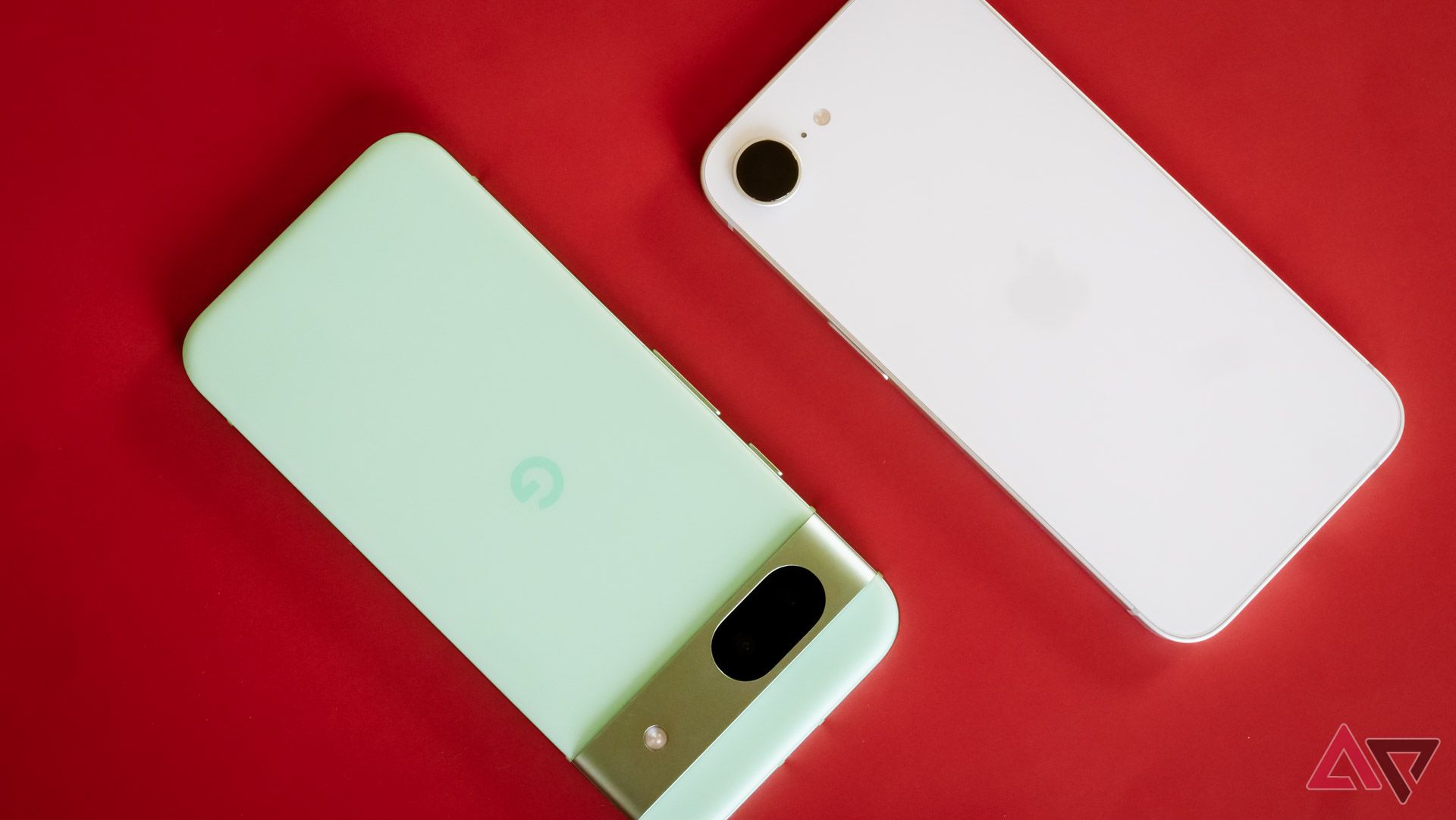
5 things the iPhone 16e can teach budget Android smartphones
- 18.03.2025 14:34
- androidpolice.com
- Keywords: AI, Apple Intelligence, MagSafe
The iPhone 16e highlights that budget Android phones can prioritize sleek design, avoid over-reliance on AI chips, and include essential features like multi-camera setups for better functionality while maintaining affordability.